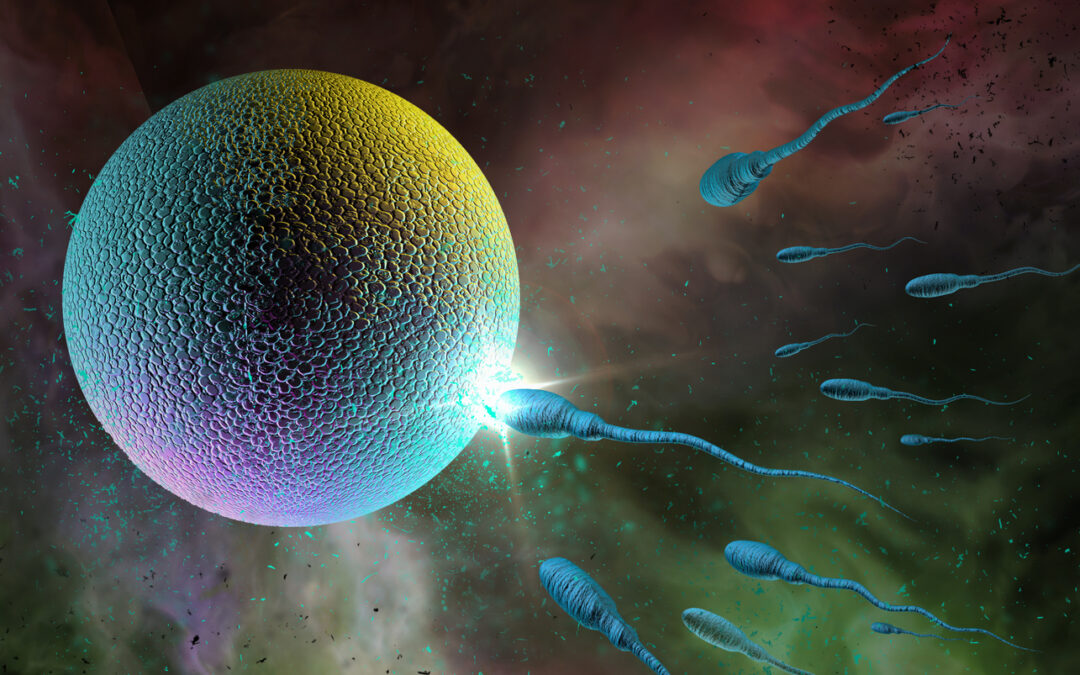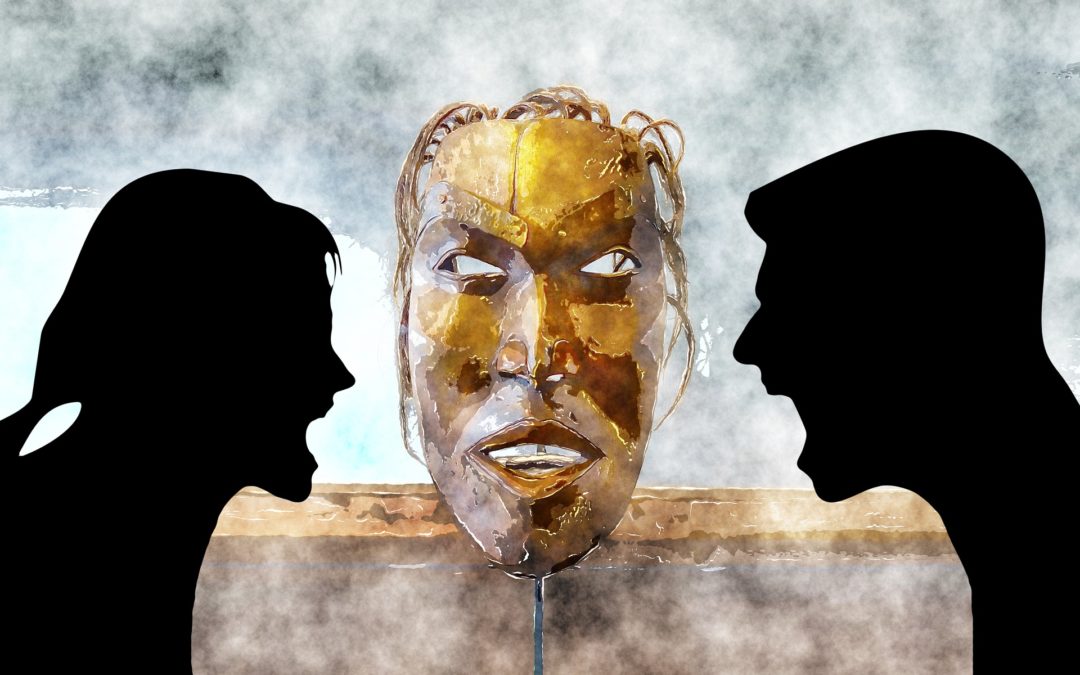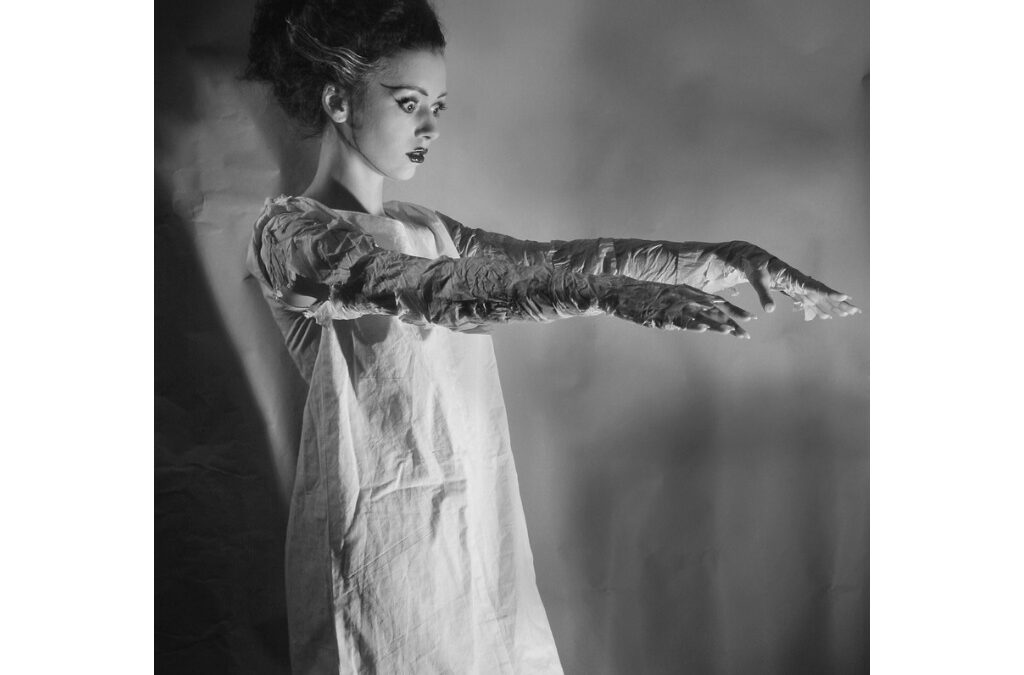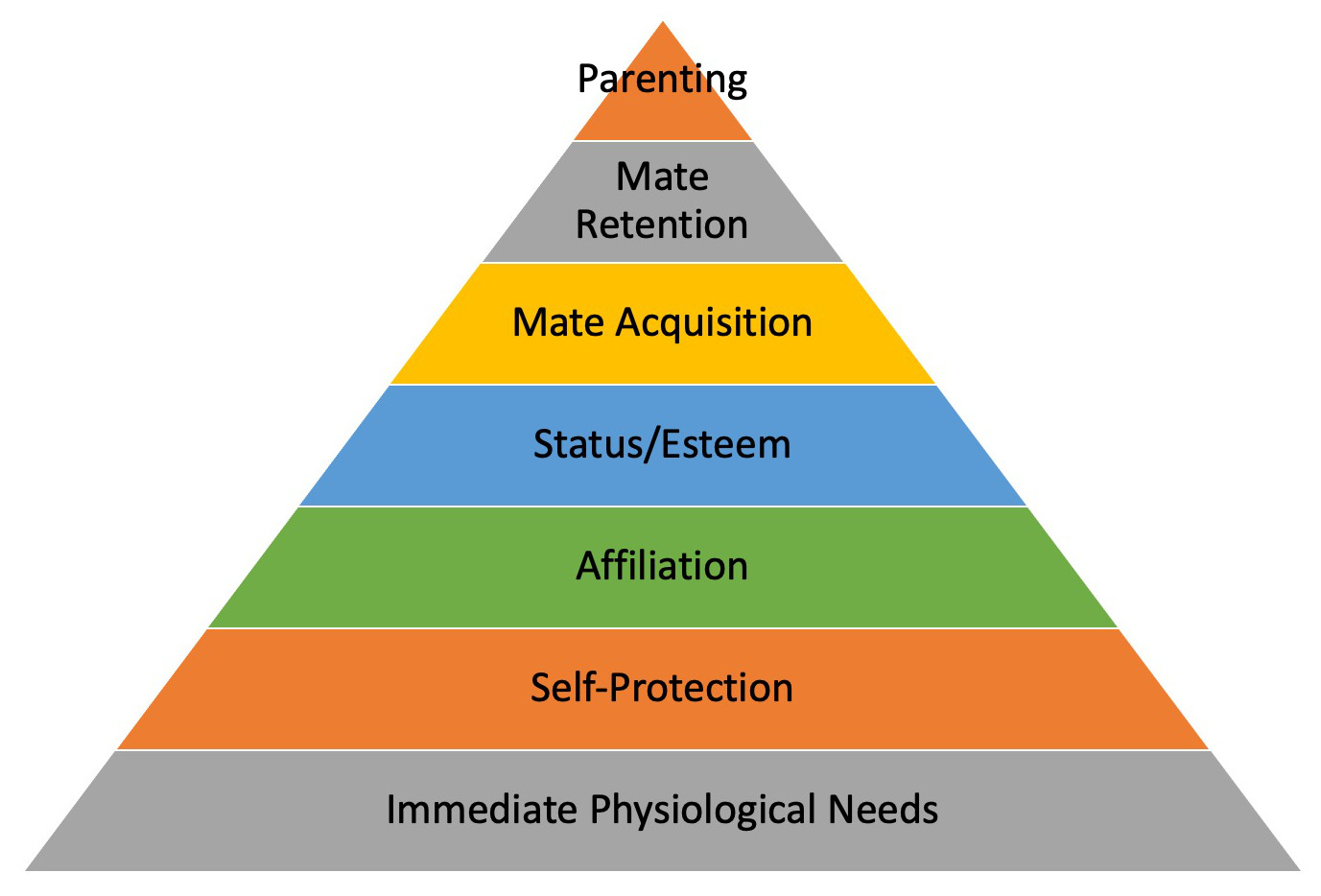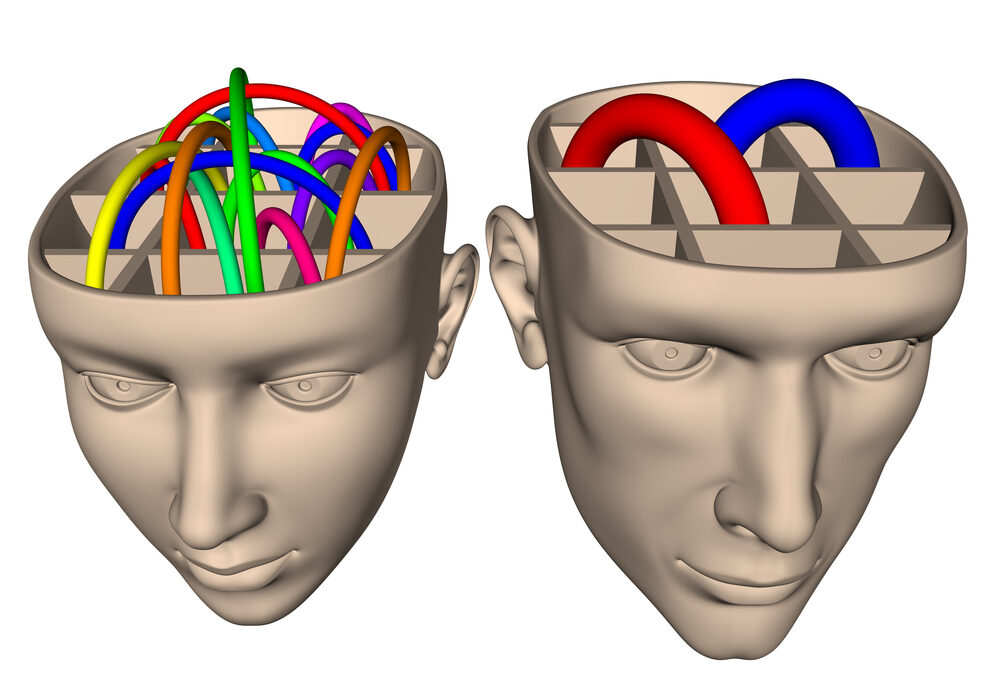
Why Do Some Feminists Oppose Evolutionary Psychology?
Seven Reasons Fueled by Denial of Sex Differences — Let’s Talk About Them
There exists overwhelming evidence for evolved sex differences in human psychology. Rejection based on the misperception that they interfere with the goal of achieving gender equality degrades science and delays scientific progress.
~ David Buss and William von Hippel, Archives of Scientific Psychology (2018)
Evolutionary psychology (EP) is the study of human nature—meaning, the study of evolved psychological mechanisms or psychological adaptations. Adaptations are a product of evolution by natural and sexual selection that allow the human species to solve particular problems, most importantly, the problems of survival and reproduction.
So, why do some feminists oppose evolutionary psychology?
Evolved behavioral sex differences are seen as a barrier to progress for gender equality. I will expound on this and cite six additional reasons that explain the psychological denial and political rationale for this opposition, addressing sex drive, “erotic capital,” objectification, and cues for fertility.
I suspect this post will trigger discomfort for “some” women.
Support of Feminist Political Objectives
I do not dislike “feminists.” I feel alignment with defenders of women’s rights and freedom of expression in all social and business arenas.
For this post, I will identify those defenders as feminists and speak specifically to female feminists. I am not making assertions about all feminists and certainly not all women.
I realize feminism can mean many things.
To be clear, I support women’s empowerment and nearly all “progressive” political positions women take. (The cause of the wage gap is an important exception.)
Aggregate Differences Between Men and Women
I believe in the aggregate biological and psychological differences between men and women, as revealed by thousands of years of adaptation for sexual selection, reproduction, and survival. These are essential tenets of evolutionary psychology.
In aggregate, men and women differ in physical morphology, emotions, behavior, cognition, hormones, brain structures, and many mechanisms for mate selection and sexual psychology.
Inequities Will Not Be Rectified by Denying Difference
While I agree with feminists politically, I am unwilling to ignore the evolutionary science of mate selection and capitulate to all versions of modern “wokeness.”
I will not rethink the interdependency of “nature-nurture” by elevating nurture over nature.
In matters of human reproduction, nature does trump nurture by more than a little bit, and that reality may not serve feminist political ends.
Furthermore, we will not rectify historical power inequities endured by women by blurring the distinction between biological males and females.
Seven Reasons Why Feminists Oppose Evolutionary Psychology
1. Feminist theory and activism consider the proposition of evolved behavioral sex differences as a barrier to progress for gender equality.
Evolutionary psychology has long been entangled in the philosophical debate of nature versus nurture. EP does not align with the “cultural determinist” or “blank slate” perspective that has dominated the social sciences for 50 years.
However, sociocultural and evolutionary explanations are not necessarily at odds with one another.
Evolutionary psychology explicitly identifies how nature and nurture work together.
“Nature” is not an excuse for bad behavior or the oppression of women. Feminists need not fear the terrain of evolved behavioral sex differences.
The following reasons for opposition to EP follow from this first one.
2. Feminists do not want to accept that men (in aggregate) are more sexual than women.
The fact that men are more sexual than women is supported by evolutionary psychology, evolutionary biology, and every relevant measure of cognition and behavior.
Such research does contradict a singular belief in a sociopolitical and environmental causation of female sexual behavior but need not conflict with a feminist narrative of female sexual empowerment.
There is no need for judgment about male or female sexuality. Female sexuality is more fluid and complex than male sexuality, but that, too, is not to be revered in comparison to men.
3. Feminists do not want to acknowledge that women use sexual power for economic ends — both consciously and unconsciously.
Sex work by women is historically ubiquitous.
But studies also reveal the utility of female sexuality and physical beauty for mate choice hypergamy*, career trajectory, courtship gifts, and receipt of helping behavior in most social interactions and domains of commerce.
Social psychologists and evolutionary psychologists have observed this dynamic. Daniel Hamermesh wrote the book on it: Beauty Pays.
Author Catherine Hakim (Honey Money) calls this “the power of erotic capital.”
Feminists commonly deny the operation of erotic capital.
4. Feminists do not want to admit that women already control men through sex.
Women cannot as easily scream about patriarchy if women control individual men so thoroughly through sex. The Lysistrata phenomenon (“stop fighting or no sex”) is not just a Greek comedy.
Women’s control of men as a gatekeeper to sexual access stems from a simple supply and demand imbalance in mate selection and the differences in sexual initiation by men versus women.
Women are in great demand; interested men are in great supply. Sperm is cheap; eggs are expensive. EP reveals this adaptive feature of human sexual reproduction.
5. Feminists do not want to admit they want to be “objectified” sometimes.
“Objectified” in this context means being “desired with abandon” — a sexual lust that plays consciously with the polarity of subject and object. (Mutual consent is an obvious precondition.)
Preeminent researcher in women’s sexuality, Marta Meana, says, for women, “being desired (being an “object”) is the orgasm.” Evolutionary psychologists, relationship experts, and sexologists understand this.
Women’s sexual desires may include submission — using “role-play” to release control and temporarily suspend responsibility. Submission can be a turn-on and a form of freedom.
Transgression can be erotic, according to international relationship expert Esther Perel.
Feminists may not want to acknowledge their participation in sex play that incorporates a dominance hierarchy.
6. Feminists do not want to admit they want a man who has the capacity to protect and provide.
Heterosexual feminists, like most women, prefer to mate with men who have status, resources, prestige, physical stature, and dominance. (Character and intelligence are always in the mix. Feminists may set a higher bar for men in those realms than the “average” woman.)
The preference for a relatively “high status” man is a “politically incorrect” yet hard-wired female mating strategy predicted by evolutionary psychology.
Here, we see a potential double bind imposed on men: a woman wants a man willing and able to provide and protect while presenting herself (correctly) as independent and self-sufficient.
7. Feminists often deny the truth about cues for fertility that come from the science of body shape, symmetry, facial metrics, skin, and hair.
It is critical for female empowerment (it would seem) to pretend that male attraction to the .7 waist-to-hip ratio is not scientifically proven.
Or that it is some kind of cultural/media artifact — that obese women are as beautiful and sexy to men as fit, youthful women or should be.
Some women need to deny that men are naturally attracted to youth.
Yet, there is broad agreement across all cultures about most signifiers of female beauty associated with youth and fertility.
Women in general, and especially women in their 50s and older, may convince themselves that mate selection science is bogus because the alternative is too psychologically painful.
Women secretly (or not too secretly) are glad for the tremendous erotic power rendered by their youth and beauty in their 20s but want to deny that power exists when they no longer have it themselves.
Embracing Differences Empowers Both Women and Men
This post attempts to surface controversial (and largely “undiscussable”) topics addressed by evolutionary psychology and the science of sexuality and mate selection.
If told through the lens of personal experience and handled with grace and patience, these conversations can deepen empathy and connection between heterosexual men and women and empower both sexes.
Here’s the takeaway — talk to each other and listen with curiosity.
Epilogue: The Political Moment
We are entering a moment in American politics when gender tension will be severe. According to Derek Thompson of the Atlantic (“What Is America’s Gender War Actually About”), the GOP is selling itself as the “testosterone party” with a version of “alpha-victim masculinity.”
As strongly as feminists may oppose evolutionary psychology, I equally oppose that version of masculinity.
In March 2024, the Views of the Electorate Research Survey found 39 percent of men identified as Republicans versus 33 percent of women—a six-point gap. However, when the survey asked participants how society treats, or ought to treat, men and women, the gender gap exploded. The gender-attitude gap was six times larger than the commonly discussed gender gap.
I do not want to exacerbate tension with this post. Discussing the reasons for opposing evolutionary psychology and the differences between men and women is challenging. But, to borrow from Robert Frost, maybe “the only way out is through.”
*Hypergamy is a social science term that describes the act of marrying or dating someone who is considered to be of higher social status, wealth, or sexual capital than oneself. It can also refer to the practice of continuously trying to replace a current partner with someone who is seen as superior.
